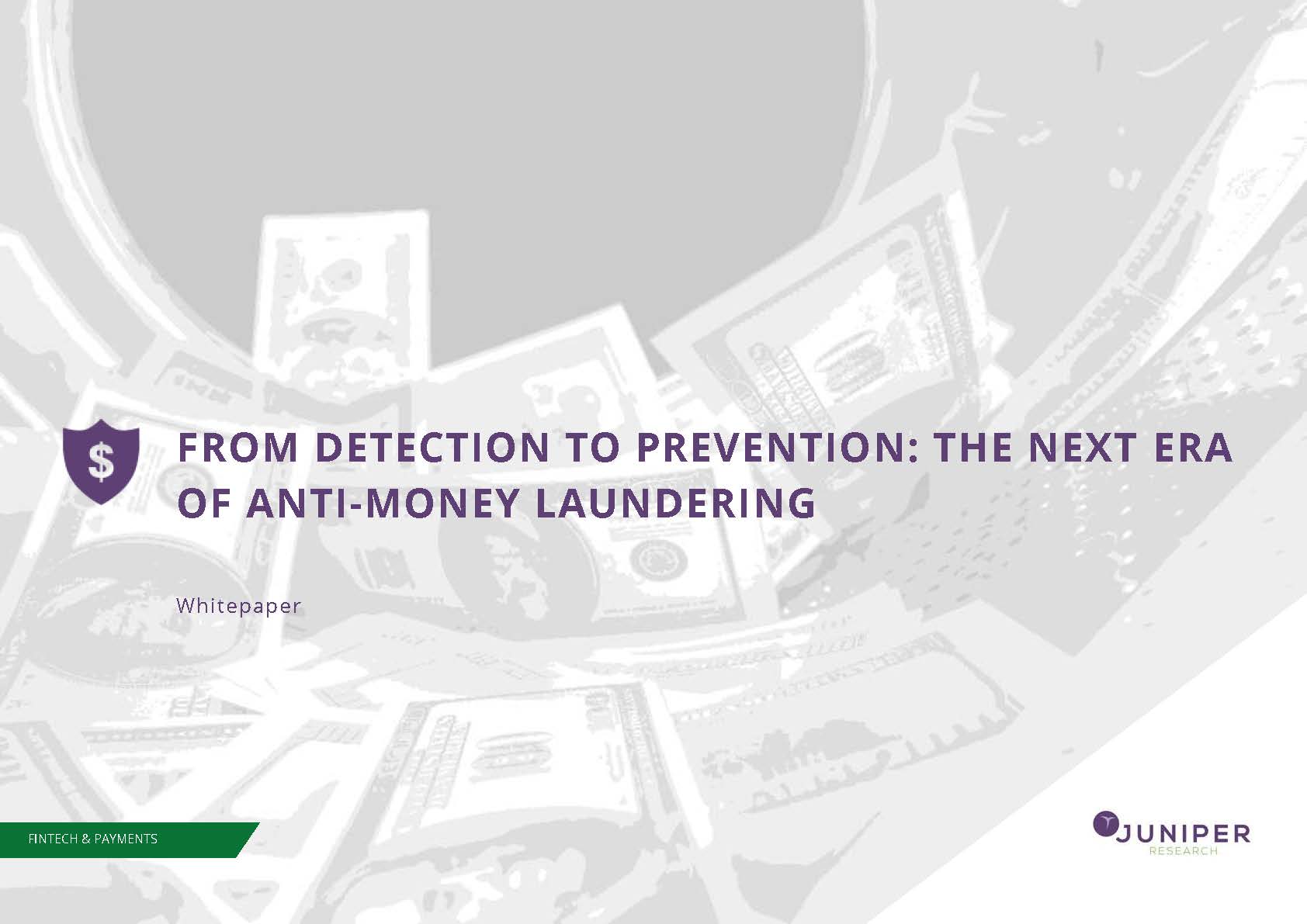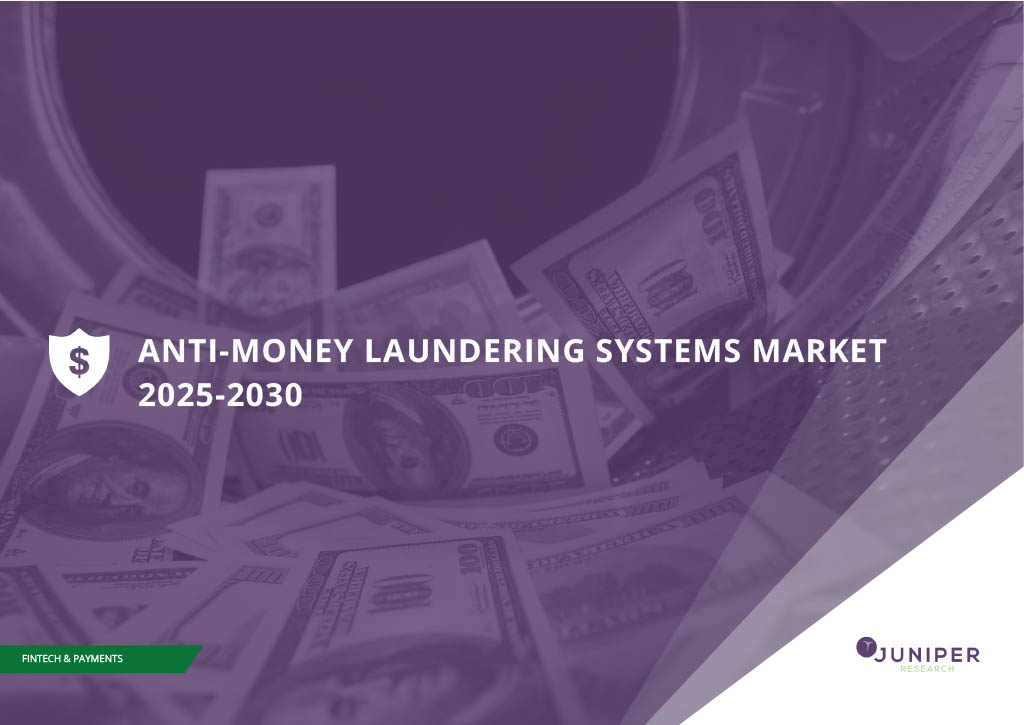Inside the Launderer’s Toolkit: How Criminals Clean Dirty Money in 2025


As global regulations tighten and financial systems become more digital, money launderers are evolving their methods to stay one step ahead. Our latest research on the subject has identified 12 tactics most likely to dominate in 2026 — a mix of old-school deception and cutting-edge digital manoeuvres.
Smurfing
Named after the small blue cartoon characters, smurfing involves splitting large sums of money into smaller, seemingly harmless deposits to avoid detection. Rather than one suspicious transaction, criminals scatter hundreds of micro-deposits across multiple accounts. It’s low-tech but surprisingly effective, especially in markets where banks still rely on manual oversight for smaller transfers.
Money Mules
Money mules are the unwitting middlemen of the laundering world. They’re recruited—often through social media or job ads—to transfer money through their accounts, under the pretence of legitimate employment. Some know what they’re doing; many don’t. Either way, the result is the same: dirty money appears to move through a clean individual’s hands.
Shells
Shell companies are hollow corporate entities—businesses that exist on paper but do little or no real trading. They’re perfect for masking ownership and moving funds under the guise of legitimate business activity. From offshore tax havens to complex multi-jurisdictional structures, shells remain one of the most enduring tools for hiding illicit wealth.
Trade-based Laundering
This method dresses financial crime up as global commerce. Criminals manipulate trade invoices—overstating or understating prices, faking shipments, or disguising the nature of goods—to move value across borders. The sheer complexity of international trade makes this a challenge to detect, even for advanced compliance systems.
Bank Capture
In some cases, criminals take the boldest route possible: they capture the bank itself. By infiltrating or outright controlling smaller, poorly regulated financial institutions, they gain direct access to systems that can legitimise illicit funds. Once inside, transactions can be masked, records altered, and oversight quietly neutralised.
NGO Diversion
Non-governmental organisations are built on trust—something money launderers exploit. By routing illegal funds through charities or aid projects, criminals can make their money appear as philanthropic support. In regions affected by conflict or disaster, where financial oversight is limited, this tactic is particularly difficult to uncover.
Crypto
Cryptocurrencies have opened a new frontier for financial crime. Their decentralised, pseudonymous nature allows launderers to move funds quickly across borders without banks or regulators in the way. Sophisticated criminals use mixers and privacy coins to further obscure transaction trails, challenging even the most advanced AML systems.
Proxy Servers
Not all laundering is financial—sometimes it’s digital camouflage. By routing activity through multiple proxy servers or VPNs, criminals can disguise their online identities and locations. This makes it far harder for investigators to connect suspicious financial movements to real-world individuals or organisations.
Job Scams
A new twist on an old con, job scams lure victims with fake employment offers—often in “payment processing” or “financial coordination.” The catch? These workers are actually laundering money for criminals without realising it. Once authorities trace the activity, the “employee” is left carrying the blame.
Dark Web
The dark web remains a thriving ecosystem for illicit trade. From stolen data to illegal substances, everything has a price—and nearly all transactions are in cryptocurrency. Money launderers use dark web markets to mix, move, and disguise their funds, often layering transactions across multiple wallets to throw off digital investigators.
Romance Scams
Few tactics are as emotionally manipulative as romance scams. Fraudsters build online relationships with victims, then invent emergencies or business opportunities to extract money. In some cases, they go further—asking victims to transfer funds on their behalf, turning them into unwitting accomplices in laundering operations.
Online Gambling
Casinos and betting sites—especially unregulated ones—offer the perfect front for laundering. Criminals deposit dirty money as betting funds, place a few strategic wagers, then withdraw their balance as “winnings.” It’s an elegant disguise, with the added benefit of plausible deniability.
As regulators and AML systems adapt, one thing is clear: financial crime is a moving target. Understanding how these tactics work is the first step towards staying ahead of those who aim to exploit the system.
Source: Anti-money Laundering Systems Market 2025-2030
Read the Press Release: AML Systems Market to Surpass $75 Billion by 2030 Globally, With LexisNexis Risk Solutions, Oracle, and Experian Leading the Defence
Download the Whitepaper: From Detection to Prevention: The Next Era of Anti-money Laundering
Latest research, whitepapers & press releases
-
 ReportDecember 2025
ReportDecember 2025AI Agents for Customer Experience Platforms Market: 2025-2030
Our comprehensive AI Agents for Customer Experience Platforms research suite comprises detailed assessment of a market that is set to disrupt mobile communications. It provides stakeholders with insight into the key opportunities within the AI agents for customer experience platforms market over the next two years.
VIEW -
 ReportDecember 2025Fintech & Payments
ReportDecember 2025Fintech & PaymentseCommerce Fraud Prevention Market: 2025-2030
Our eCommerce Fraud Prevention research suite provides a detailed and insightful analysis of this evolving market; enabling stakeholders from financial institutions, law enforcement agencies, regulatory bodies and technology vendors to understand future growth, key trends, and the competitive environment.
VIEW -
 ReportNovember 2025Telecoms & Connectivity
ReportNovember 2025Telecoms & ConnectivityeSIMs & iSIMs Market: 2025-2030
Juniper Research’s eSIMs and iSIMs research suite offers insightful analysis of a market set to experience significant growth in the next five years. The research suite provides mobile network operators (MNOs), original equipment manufacturers (OEMs), and eSIM management and platforms vendors with intelligence on how to capitalise on the market growth, and guidance on how eSIM-only devices and sensors, SGP.42, in-factory provisioning, and iSIMs will change the competitive landscape.
VIEW -
 ReportNovember 2025Fintech & Payments
ReportNovember 2025Fintech & PaymentsModern Card Issuing Platforms Market: 2025-2030
Our Modern Card Issuing Platforms Market research suite provides a detailed and insightful analysis of this evolving market; enabling stakeholders from banks, financial institutions, fintech companies, and technology vendors to understand future growth, key trends, and the competitive environment.
VIEW -
 ReportNovember 2025Fintech & Payments
ReportNovember 2025Fintech & PaymentsDigital Wallets Market: 2025-2030
Our digital wallets research suite provides detailed analysis of this rapidly changing market; allowing digital wallet providers to gain an understanding of key payment trends and challenges, potential growth opportunities, and the competitive environment.
VIEW -
 ReportOctober 2025Fintech & Payments
ReportOctober 2025Fintech & PaymentsDigital Identity Market: 2025-2030
Juniper Research’s Digital Identity research suite provides a comprehensive and insightful analysis of this market; enabling stakeholders, including digital identity platform providers, digital identity verification providers, government agencies, banks, and many others, to understand future growth, key trends, and the competitive environment.
VIEW
-
 WhitepaperDecember 2025Telecoms & Connectivity
WhitepaperDecember 2025Telecoms & ConnectivityHuman + AI: Drivers of Customer Experience AI Agents in 2026
Our complimentary whitepaper, Human + AI: Drivers of Customer Experience AI Agents in 2026, examines the key drivers of the AI agents for customer experience platforms market in 2025.
VIEW -
 WhitepaperDecember 2025Fintech & Payments
WhitepaperDecember 2025Fintech & PaymentsBeyond Chargebacks: The True Cost of Fraud for Digital Commerce
Our complimentary whitepaper, Beyond Chargebacks: The True Cost of Fraud for Digital Commerce, examines the state of the eCommerce fraud prevention market; considering the impact of evolving digital fraud strategies, including key trends such as identity theft, account takeovers, chargebacks, policy abuse and friendly fraud.
VIEW -
 WhitepaperNovember 2025Telecoms & Connectivity
WhitepaperNovember 2025Telecoms & ConnectivityeSIM-only Devices: The Impact on Operators, Consumers, and IoT
Our complimentary whitepaper, eSIM-only Devices: The Impact on Operators, Consumers, and IoT, explores the challenges and opportunities for the three segments, with a particular focus on eSIM-only smartphones and SGP.42.
VIEW -
 WhitepaperNovember 2025Fintech & Payments
WhitepaperNovember 2025Fintech & PaymentsUnlocking the Next Stage of Growth for Modern Card Issuing Platforms
This free whitepaper analyses key trends shaping the modern card issuing space, and the ways in which modern card issuing platforms can capture growth.
VIEW -
 WhitepaperNovember 2025Fintech & Payments
WhitepaperNovember 2025Fintech & PaymentsTop 10 Fintech & Payments Trends 2026
Fintech is evolving fast. From stablecoins to agentic AI, our annual guide reveals the shifts redefining payments, digital identity, and the future of money in 2026. Download your copy today.
VIEW -
 WhitepaperNovember 2025Fintech & Payments
WhitepaperNovember 2025Fintech & PaymentsDigital Wallets: Empowering Financial Inclusivity
Our complimentary whitepaper, Digital Wallets: Empowering Financial Inclusivity, examines the state of the digital wallets market; considering the impact of digital wallets on different geographies, how they are shaping the modern payments landscape through lower transaction fees and promoting financial inclusivity for underbanked populations, and how they are competing with established payment methods.
VIEW
-
IoT & Emerging Technology
Juniper Research Unveils Top 10 Emerging Tech Trends to Watch in 2026
January 2026 -
Fintech & Payments
Digital Identity App Usage to Hit 6.2 Billion by 2030, Driven by Shift to Decentralised Models
December 2025 -
Telecoms & Connectivity
Travel eSIM Margins Under Pressure as Revenue per Gigabyte Falls 10% Globally in Two Years
December 2025 -
Telecoms & Connectivity
AI Agents to Power 1,000% More Customer Interactions for Enterprises Globally by 2027
December 2025 -
IoT & Emerging Technology
Global D2C Revenue Set for $370 Million Surge, But Satellite Operators Should Not Chase Full MNO Status
December 2025 -
Fintech & Payments
Digital Goods Fraud to Cost eCommerce Merchants $27 Billion Globally by 2030 as AI Tools Accelerate Attacks
December 2025




















